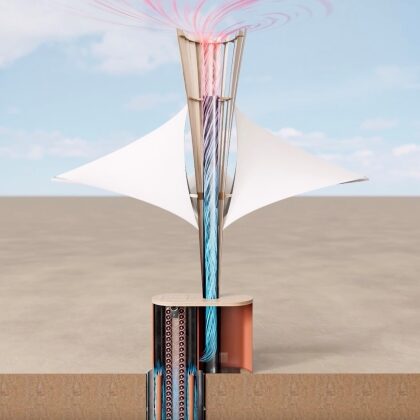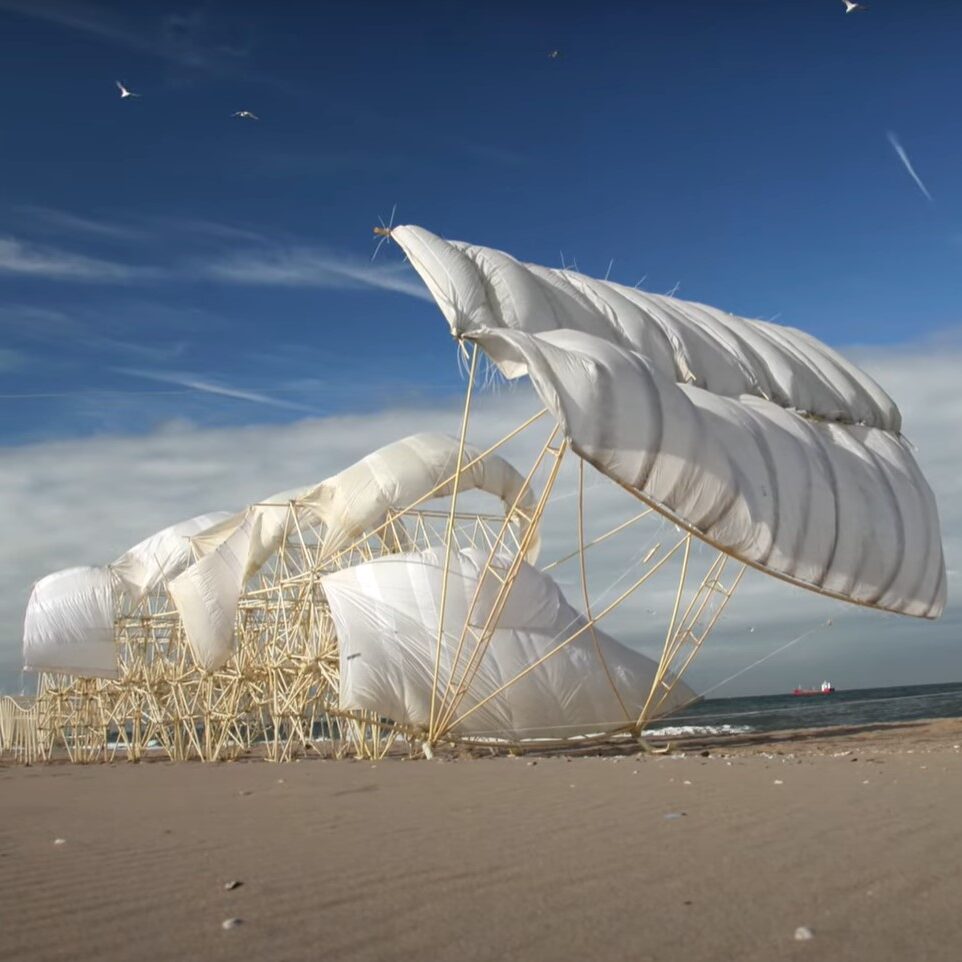From Superinnovators 13/10/23. This article is in TLDR (Too Long Didn’t Read) format which is popular in the innovation community and provides a bullet summary of information.
- AI Atlas: The AI Atlas is an openly available interactive map that leverages deep learning AI models on New Zealand’s (NZ) aerial imagery to detect and highlight the space taken up by every vehicle, parked or in transit.
- Project motivation: The AI atlas was developed in 2022 by Grant Pearse, geospatial data scientist from NZ, as an experiment to blend deep learning and open-source mapping technologies. Grant was driven by the advancements in deep learning that have made previously impossible remote sensing applications feasible.
- Project goals: The creator aims to run the site for a year or two with objectives like getting models to work at scale with minimal data from NZ, automating workflows for inference and spatial post-processing, and building NZ-specific models using new tools.
- What the AI Atlas isn’t: The AI Atlas is not meant to be an authoritative data source. Its predictions aren’t production-grade, and it’s not a commercial service. It relies on the Land Information New Zealand (LINZ) services for the underlying imagery.
- New Zealand’s aerial basemap: New Zealand boasts an impressive collection of open aerial imagery. LINZ, the national spatial and geodetics agency, gathers these datasets and publishes them under an open license. They also create a national aerial basemap using an open-source system.
- Sources of error: The AI Atlas acknowledges potential errors like stale detections over newer imagery, false positives/negatives, and upsampled imagery issues. These errors can arise due to the continuous addition of new imagery to the basemap and the differences in resolutions.
- Datasets and tools: Deep learning requires extensive training data. The creator leverages a vast selection of public remote sensing datasets for various tasks. The project uses a combination of Amazon Web Services (AWS) and Google Cloud Platform (GCP) for training and an RTX3060 Nvidia graphics card for inference.
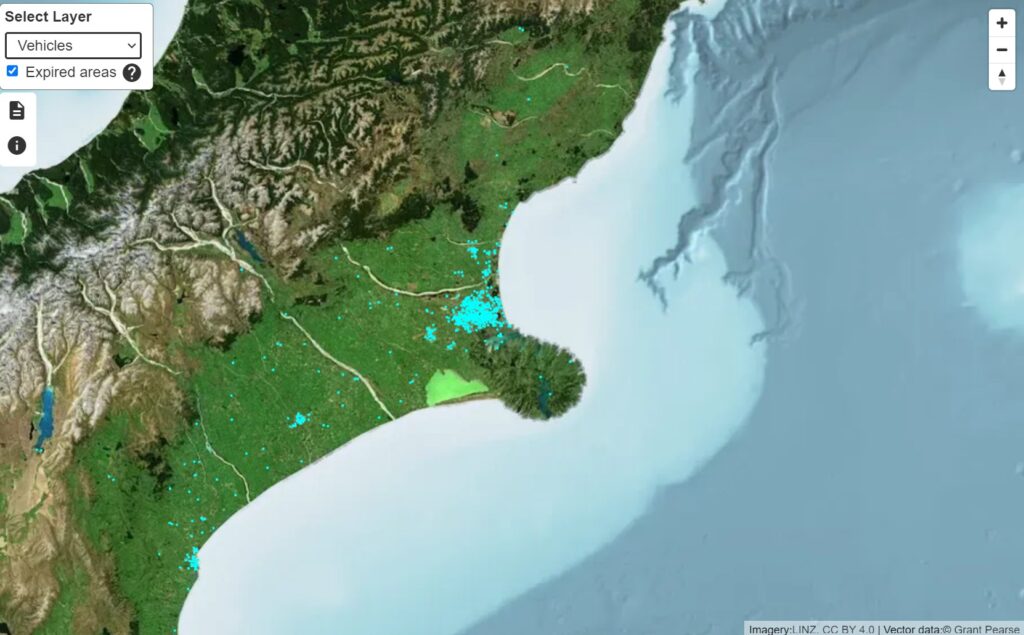
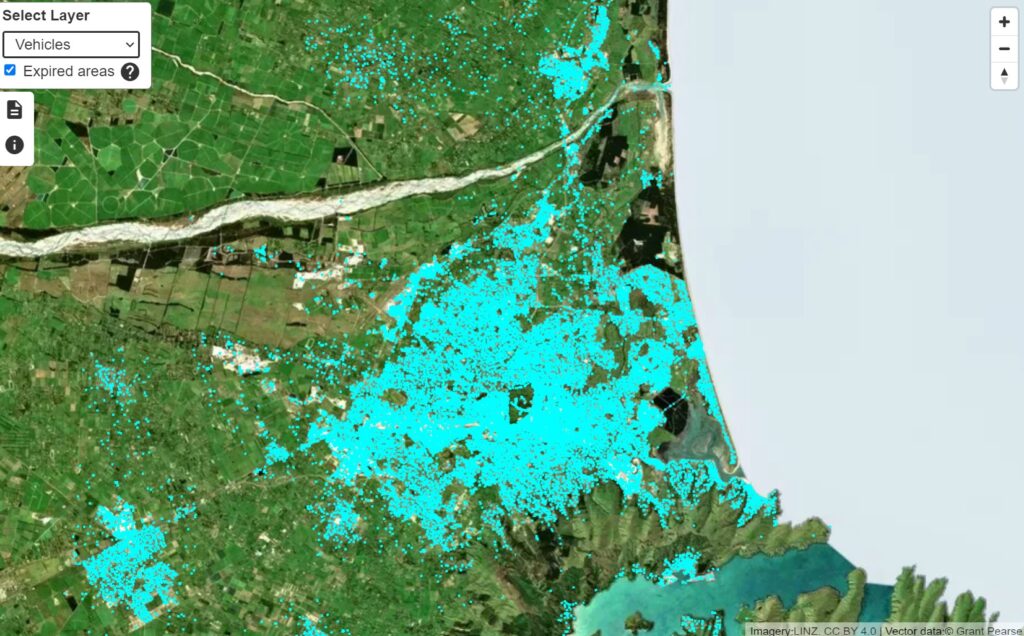
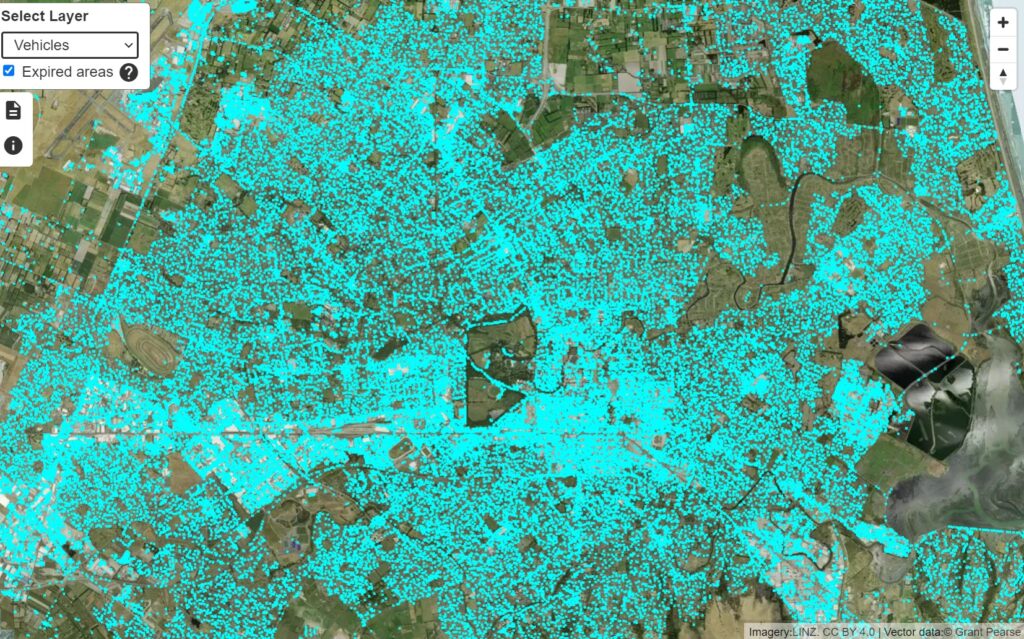
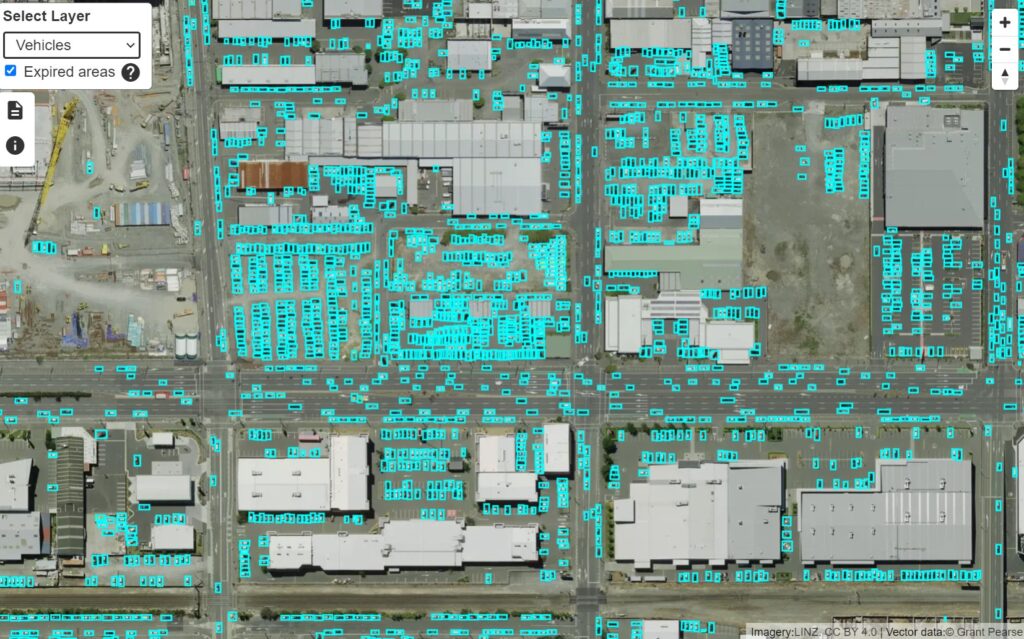
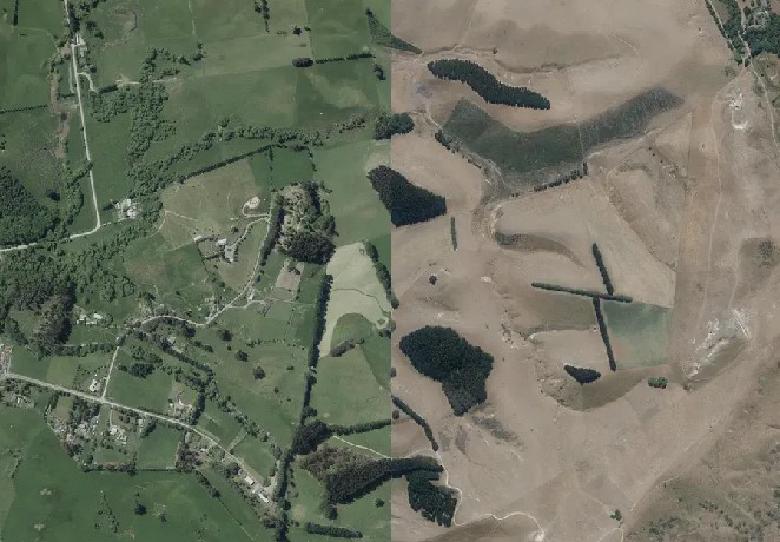

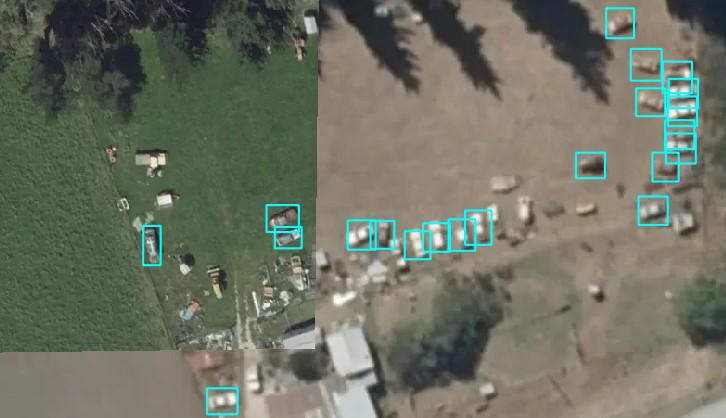
More info
https://www.silvispace.xyz/posts/atlas-overview/


